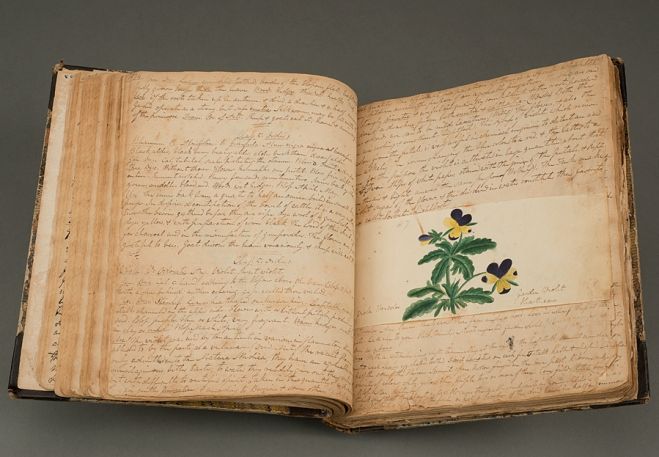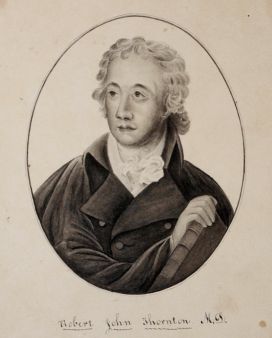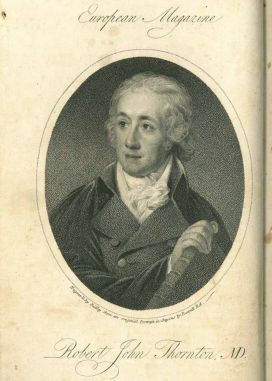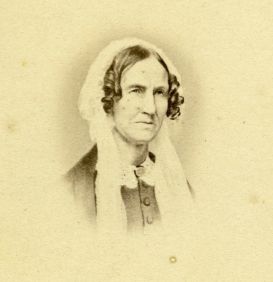
Plant lovers, and botanists in particular, will recognize the name Robert John Thornton, an English physician who made his mark with the publication of The Temple of Flora. Issued in 1807, the Templeformed the third and final part of New Illustration of the Sexual System of Carolus von Linnaeus. Consisting of 30 folio plates,1 modern writers have described it as one of the greatest English achievements of printed botanical art. Thornton (1768?-1837), became enamored of botany while studying divinity in Cambridge, and decided instead to pursue a degree in medicine. Thornton began a medical practice in London in 1797.
After coming into a substantial inheritance, Dr. Thornton turned his attention to publishing. Despite receiving monetary assistance from Parliament, and marketing a less costly, smaller-format edition of the Temple of Flora, Thornton’s lavish botanical work proved to be a financial disaster that nearly ruined him. Beyond the fraught Linnaean project, Thornton’s numerous writings caused him to achieve a certain renown among medical botanists on both sides of the Atlantic.
Someone keenly aware of Dr. Thornton was Stephen West Williams, a young Deerfield physician. Like Thornton, Williams developed an abiding interest in botany. With his cousin, Edward Hitchcock, then headmaster of Deerfield Academy, and Dr. Dennis Cooley who had apprenticed with Williams’s father, Dr. William Stoddard Williams, Stephen turned his attention to collecting local plant specimens in the summer of 1817. This resulted in an herbarium of specimens which can be viewed online (http://www.biodiversitylibrary.org/item/210161#page/1/mode/1up), and a manuscript volume titled “Botanical Description and Medical, Culinary & Other Uses of the Plants in the first Volume of my American Herbarium.” Following the title page, there appears a 5.25 x. 4.5 inch grisaille watercolor portrait of Thornton, signed faintly in pencil, O.L. White.

Orra L. White (1796-1863) of South Amherst, Mass., received some of her early education at a boarding school in nearby South Hadley, and later attended a female academy in Roxbury, Mass., then just outside of Boston.2 From 1813 to 1817, she taught sciences and arts to girls at Deerfield Academy where she met her future husband, Edward Hitchcock. White illustrated many of the plant specimens gathered by Hitchcock in a watercolor “Herbarium Parvum Pictum,” now in the Academy’s archives.
The source of her portrait of Thornton was an engraving in the July 1803 volume of the European Magazine, published in London. The manuscript catalogue of the Second Deerfield Social Library, in the collection of the Pocumtuck Valley Memorial Association Library, notes the presence of 56 volumes of the European Magazine. Williams, a member of the Social Library, would undoubtedly have read the memoir of Robert John Thorntonthat appeared in July 1803, and seen the portrait. Rather than ask Harriet Taylor Goodhue, one of Orra’s students at the Academy who did plant watercolors for his manuscript, Stephen West William’s enlisted the aid of the more accomplished artist.
Engraved portrait of Dr. Robert John Thornton. European Magazine (London) July 1803. Courtesy of PVMA Library, Deerfield.

Orra White married Edward Hitchcock in 1821. Thereafter she created numerous classroom illustrations that he used while lecturing at Amherst College, and illustrated many of his published works. Her proficiency as an artist has long been recognized, and more recently celebrated. The portrait of Dr. Thornton is another example of her considerable skill.

1. Because it was issued to subscribers in parts, copies of the Temple vary as to their contents.
2. Orra White didn’t use her middle initial, but it appears in a printed list of characters who performed in Edward Hitchcock’s play, Emancipation of Europe, or the Downfall of Bonaparte (Greenfield, Mass., 1815), and on the cover of a drawing book from the period of her schooling in Roxbury, Mass. See Eugene Worman Jr., “The Watercolors and Prints of Orra White Hitchcock,” AB Bookman’s Weekly (Feb. 13, 1989): 646.